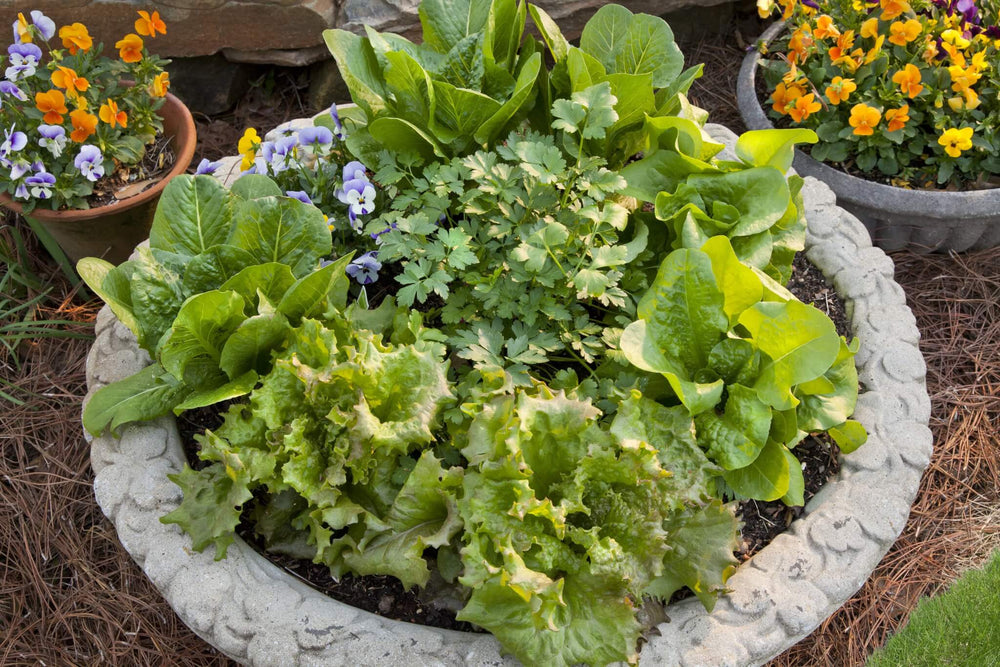Have you always wanted to grow a vegetable garden but are worried that it's too tricky or time-consuming? Well, it's time to get your hands dirty, because with our handy list of 7 super easy veggies to grow, you'll be eating fresh garden-to-table meals in no time!
What Makes a Vegetable Easy to Grow?
When you're starting a vegetable garden, you want plants that perform well to boost your green-thumb confidence, right? While you might be excited to grow all the gorgeous heirloom tomatoes you see on Instagram, hold that thought—there's plenty of time to branch out later. The goal of your first veggie garden is to grow crops successfully without spending tons of time, money, and effort, and it needs to be a fun, rewarding, tasty experience.
So, when planning your vegetable garden, pick plants that grow easily so you'll enjoy the journey. Here are some characteristics of easy-to-grow vegetables:
- They're disease resistant. Healthy plants make hearty harvests, so choose veggies with good disease resistance. Look for plants that resist problems like powdery mildew, fusarium wilt, verticillium wilt, and scab, for instance. When you choose Bonnie Plants®, you'll find information on the plant's tag about disease resistance.
- They're compact. Sometimes, smaller is better, especially if you garden in containers. However, even in a backyard veggie garden, compact varieties can make your gardening easier. Growing "dwarf" or "bush" versions of tomatoes, squash, or cucumbers helps you avoid having to trellis or stake your plants. Plus, you'll fit more varieties into your space.
- They're frost tolerant. Some veggies need the heat of summer to thrive, turning to mush at the first frost. Others, though, can take a chill—and even taste sweeter when kissed by the cold. Planting cool-season crops (think lettuce, kale, and other greens, broccoli, cabbage, root veggies) helps extend the growing period and keeps your dinner plate loaded with delicious, fresh food, even on chilly days.
- They're slow to bolt. In case you're new to vegetable growing, "bolting" refers to when a plant begins to send up flowers once daylight lengthens. Often, when bolting occurs, the flavor of the plant turns bitter and unappealing. Some newer veggie varieties are bred to be slow to bolt, extending harvest time into the warmer months.
- They're hybrids. Hybrids combine the best traits of parent plants. Plant breeders look at things like flavor, productivity, disease resistance, and size, then intentionally cross-pollinate different varieties to produce new (often easier to grow) veggies. Learn more about hybrids right here.

Top 7 Easy-to-Grow Vegetables
Now that you know what traits to look for when selecting veggies, give these a try in your garden.
Cool Season Veggies to Plant in Spring and Fall
- Kale. Kale grows easily in raised beds, in-ground, or containers, plus it looks lovely planted alongside cool season flowers like violas or pansies. For kale that looks gorgeous in containers or planted along a path, try Prizm Kale*, with its tender, ruffled leaves that regrow quickly after harvest. For a beautiful burst of garden color that tastes as good as it looks, try Purple Kale**, which is sweeter and less bitter than some other varieties. Discover how to grow kale.
- Swiss chard. If you love quiches and casseroles, add Swiss chard to your list. While it's a cool season veggie, it continues growing well even in warmer weather. Plus, Swiss chard (which tastes a bit like spinach) is so pretty that you'll want to show it off—Bright Lights Swiss chard, for example, livens up garden beds and containers with a rainbow of cheerful stems and leaves. Find out how to grow Swiss chard.
- Lettuce. Growing lettuce makes great sense, as it provides a fairly quick reward for your efforts. For the easiest and most long-lasting lettuce crops, plant leaf lettuce instead of heading lettuce—that way, you can snip outer leaves as you need them while letting the rest of the plant continue to grow. For a petite variety that looks great in containers (and on your plate), try Sandy Oakleaf Lettuce*. It's slow to bolt, and the leaves remain sweet even as temps begin to rise. For a beautiful burst of bronze-red color, try the compact Mini Romaine Bronze Lettuce**. Only 8 inches tall, it's adorable in containers. Get expert tips on growing lettuce.
- Peas. Crunchy and delicious, peas are multi-purpose plants: The pea pod, tendrils, and flowers are all edible. Sugar snap-style peas, in particular, give you lots of options, as you can harvest them while young and flat to eat like snow peas, wait for them to fill out so you can eat the pod with peas inside, or wait until they mature into shelling peas. While these are fairly compact plants, adding a trellis makes harvests easier. Learn to grow your own peas.
- Radishes. If you like almost-instant gratification, you'll love growing radishes, because they're ready to harvest in as few as 3 weeks. Plus, because they don't require a lot of space, you can plant these crunchy root crops in between lettuce varieties or as a border for a bed of kale. There are loads of colors and shapes to try, including pinks, purples, elongated ones, and round ones. The French Breakfast radish is a classic variety that performs well.
Warm Season Veggies to Plant in Late Spring and Early Summer
- Cherry Tomatoes. There's a good reason tomatoes are the number one homegrown food, as they taste amazing fresh from the garden. Big, vining tomato varieties can be tricky to grow for beginners, though. To make your life easier, choose a compact, hybrid, cherry-sized tomato variety like Husky Cherry Red. Meant for containers and small space gardens, many don't need staking and have often been developed with impressive disease resistance. Here are two more to try: Red Robin Cherry Tomato grows only 18 inches tall but produces loads of sweet red fruit. Tumbling Tom Yellow Tomato is meant to be grown in a hanging basket or high container, with vines that cascade—so pretty! Let us help you grow tomatoes.
- Peppers. Packing heat or super sweet, peppers provide another great, easy-to-grow option for your vegetable garden. Look for varieties that are hybrid (for disease resistance) and compact (to avoid the extra work of staking). If you love sweet peppers, try the pretty, petite Fresh Bites Orange Pepper*. Topping out at 18 inches, this plant is perfect for containers. If you prefer a kick to your peppers or love making spicy salsa, try Spicy Slice Jalapeno Pepper**. The compact size works well in pots or raised beds, plus it's disease resistant, making growing easier. It's time to grow some peppers.
Whatever vegetables you end up growing, you'll get the best results if you start with great soil and don't forget to regularly feed your plants. Choose premium quality garden soil, raised bed mix, container mix, and plant food, like those in the Miracle-Gro® Performance Organics® line. They help provide your plants with just the right growing environment and nutrition, using natural and organic ingredients.
So, there you go: 7 super easy veggies to grow in your garden this year. But don't stop there! There are plenty of wonderful, easy-to-grow herbs to spice up your homegrown meals, too, like oregano, basil,parsley, chives, and thyme. Before you know it, your friends and family will be asking you for hints on how to grow a great vegetable garden.
*part of the Harvest Select line, available exclusively at The Home Depot**part of the Foodie Fresh line, available exclusively at Lowe's
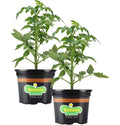



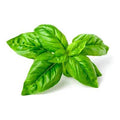 Herbs
Herbs
 Vegetables
Vegetables
 Fruit
Fruit
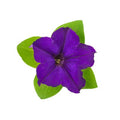 Flowers
Flowers
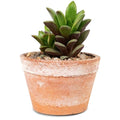 Succulents
Succulents
